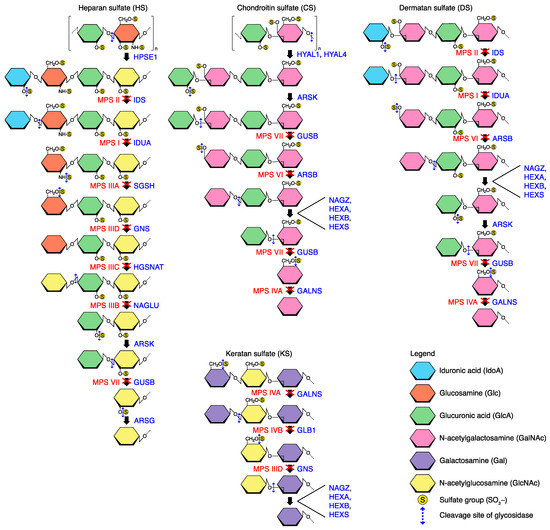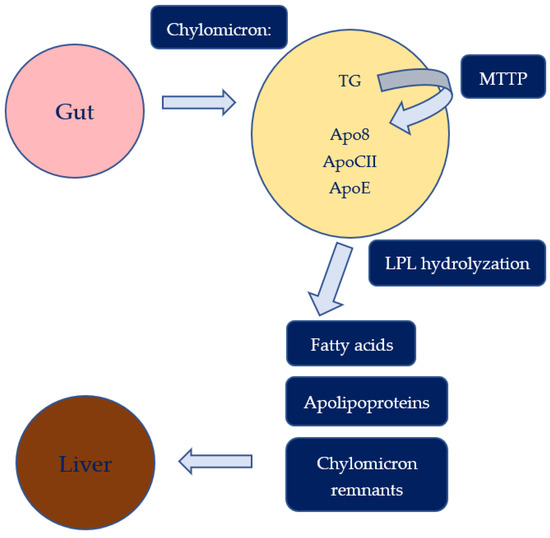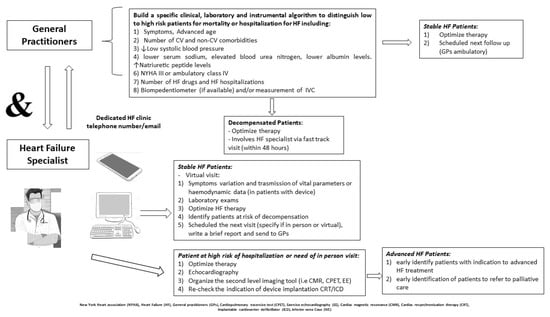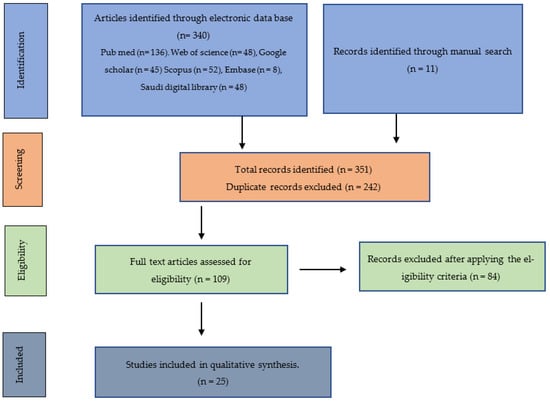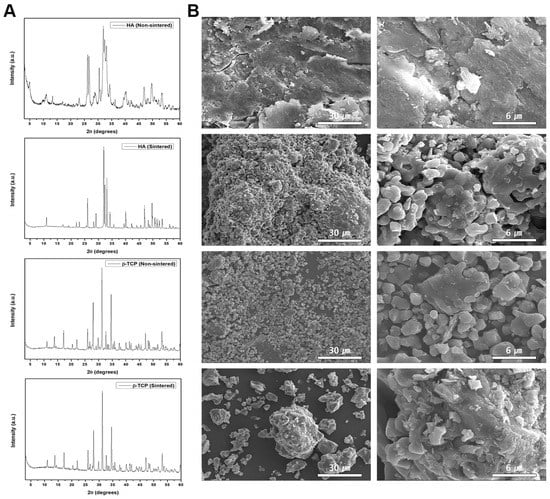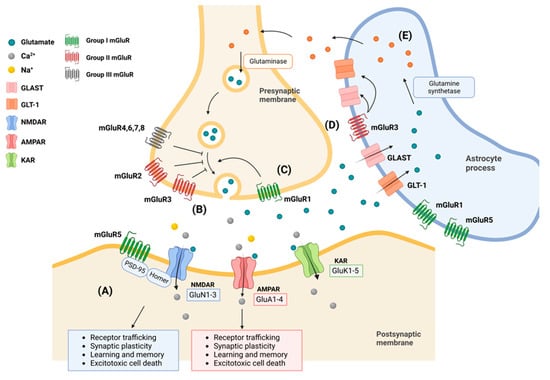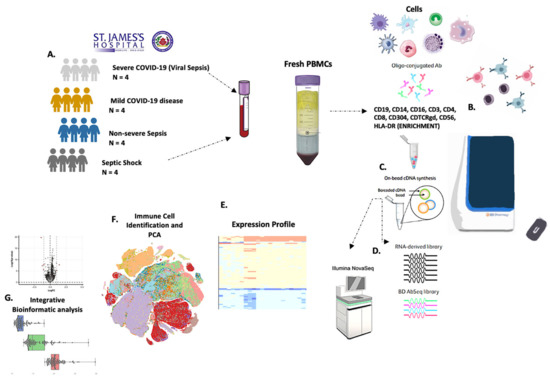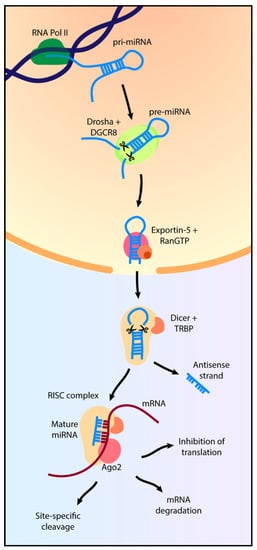Biomedicines 2023, 11(3), 813; https://doi.org/10.3390/biomedicines11030813 - 7 Mar 2023
Cited by 4 | Viewed by 2592
Abstract
Arrhythmogenic cardiomyopathy (ACM) is a progressive inheritable disease which is characterized by a gradual fibro-(fatty) replacement of the myocardium. Visualization of diffuse and patchy fibrosis patterns is challenging using clinically applied cardiac imaging modalities (e.g., late gadolinium enhancement, LGE). During collagen synthesis and
[...] Read more.
Arrhythmogenic cardiomyopathy (ACM) is a progressive inheritable disease which is characterized by a gradual fibro-(fatty) replacement of the myocardium. Visualization of diffuse and patchy fibrosis patterns is challenging using clinically applied cardiac imaging modalities (e.g., late gadolinium enhancement, LGE). During collagen synthesis and breakdown, carboxy–peptides are released into the bloodstream, specifically procollagen type-I carboxy-terminal propeptides (PICP) and collagen type-I carboxy-terminal telopeptides (ICTP). We collected the serum and EDTA blood samples and clinical data of 45 ACM patients (age 50.11 ± 15.53 years, 44% female), divided into 35 diagnosed ACM patients with a 2010 ARVC Task Force Criteria score (TFC)
(This article belongs to the Special Issue Advanced Research in Arrhythmogenic Cardiomyopathy)
►
Show Figures

